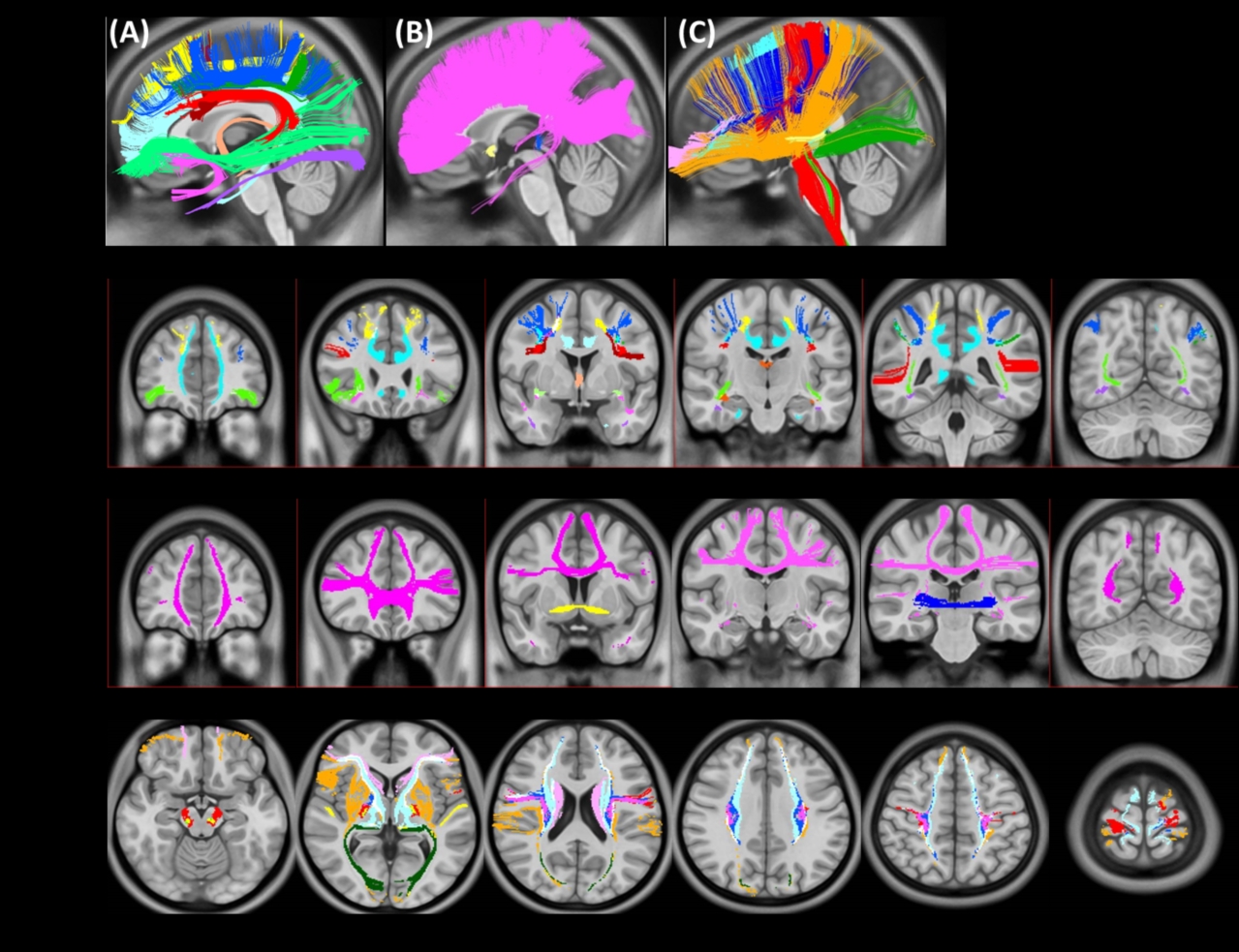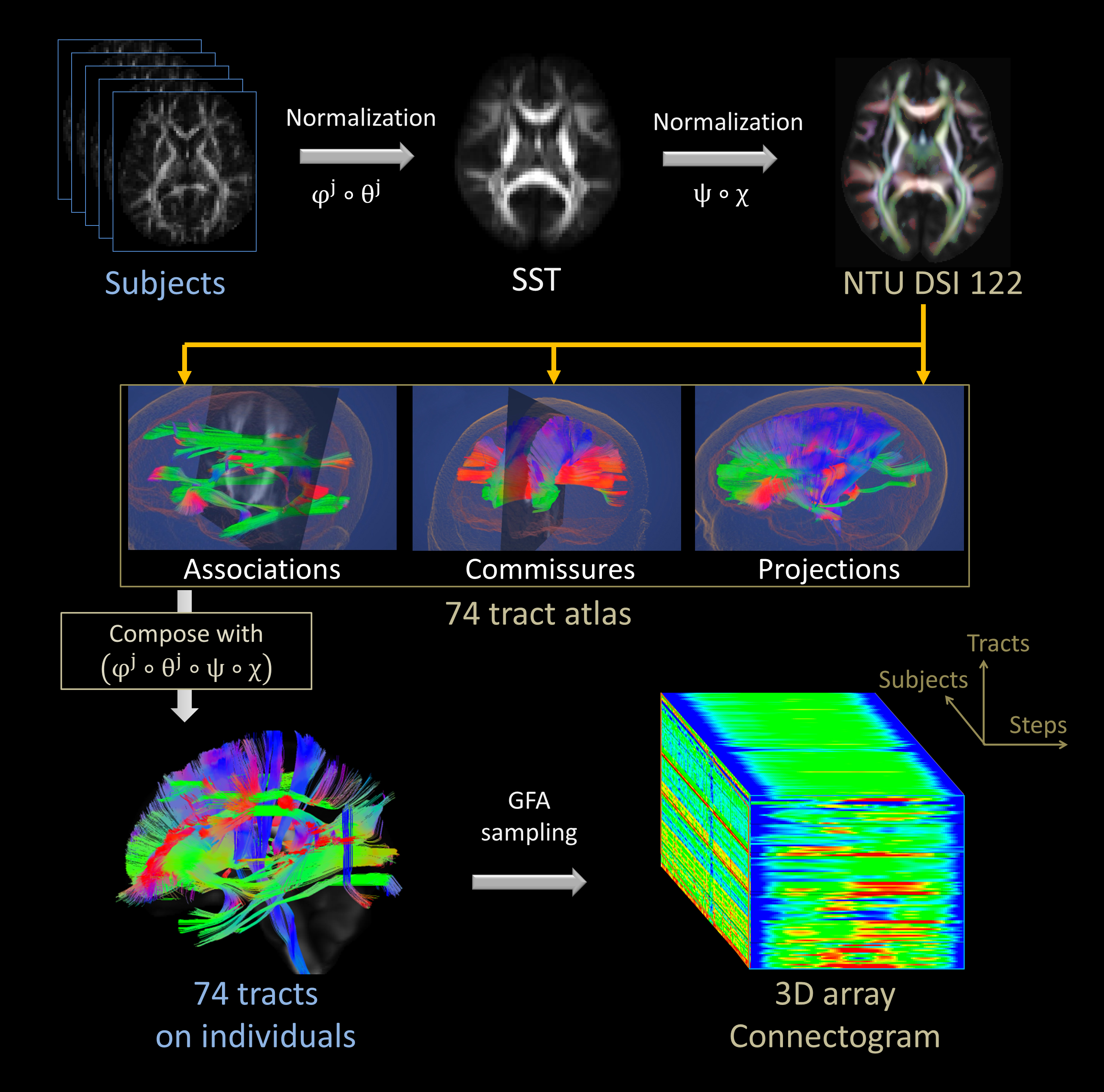PI

Wen-Yih Isaac Tseng, Professor, Center for Optoelectronic Medicine,
National Taiwan University College of Medicine
CO-PI
Chun-Hung Chen, Professor; Chung-Ming Chen, Professor; Argon Chen, Professor; Hwang-Ching Tai, Assistant Professor
LAB WEBSITE
http://abmri.mc.ntu.edu.tw/tw/
The mission of digital library core is to develop extensive analysis, modeling, and prediction capability powered by state-of-the-art methodologies, in addition to a traditional library used as a database. Our goal is to serve as both a biological data sharing center, and prediction and decision support system, and to enhance the discovery and availability of molecular imaging biomarkers. Our ultimate goal is to promote early life-threatening diseases detection and prevention, and reduce the mortality rate.
Research facility of digital library core is a hosted Private Cloud System donated by Inventec Inc. and the Institute for Information Industry. The system is installed and managed by the NTU Computer and Information Networking Center. It serves as a platform of data archiving, transferring and computing developed by the digital library core.
Current progress in the core includes a tractatlas that provides anatomical locations of 74 major white matter tract bundles of the human brain(Figure 1.) and a tract-based automatic analysis pipeline that allows automatic registration of grain images and measuring connection integrity along each tract(Figure 2.). The automatic pipeline allows high throughput analysis of whole-brain white matter tracts in a large cohort of patients. It is applicable to neuropsychiatric diseases, such as schizophrenia, autism spectrum disorder, attention deficit hyperactivity disorder, epilepsy, and Alzheimer's disease, to detect the altered connectivity of the neural network in patients. Currently, we are working on a cloud-based computing platform to provide such unique service through the cloud.

Figure 1. Tractatls provides anatomical locations of 74 major white matter tract bundles of the human brain

Figure 2. Tract-based automatic analysis allows automatic registration of brain images and measuring connection integrity along each tract


 繁體中文
繁體中文 English (UK)
English (UK)